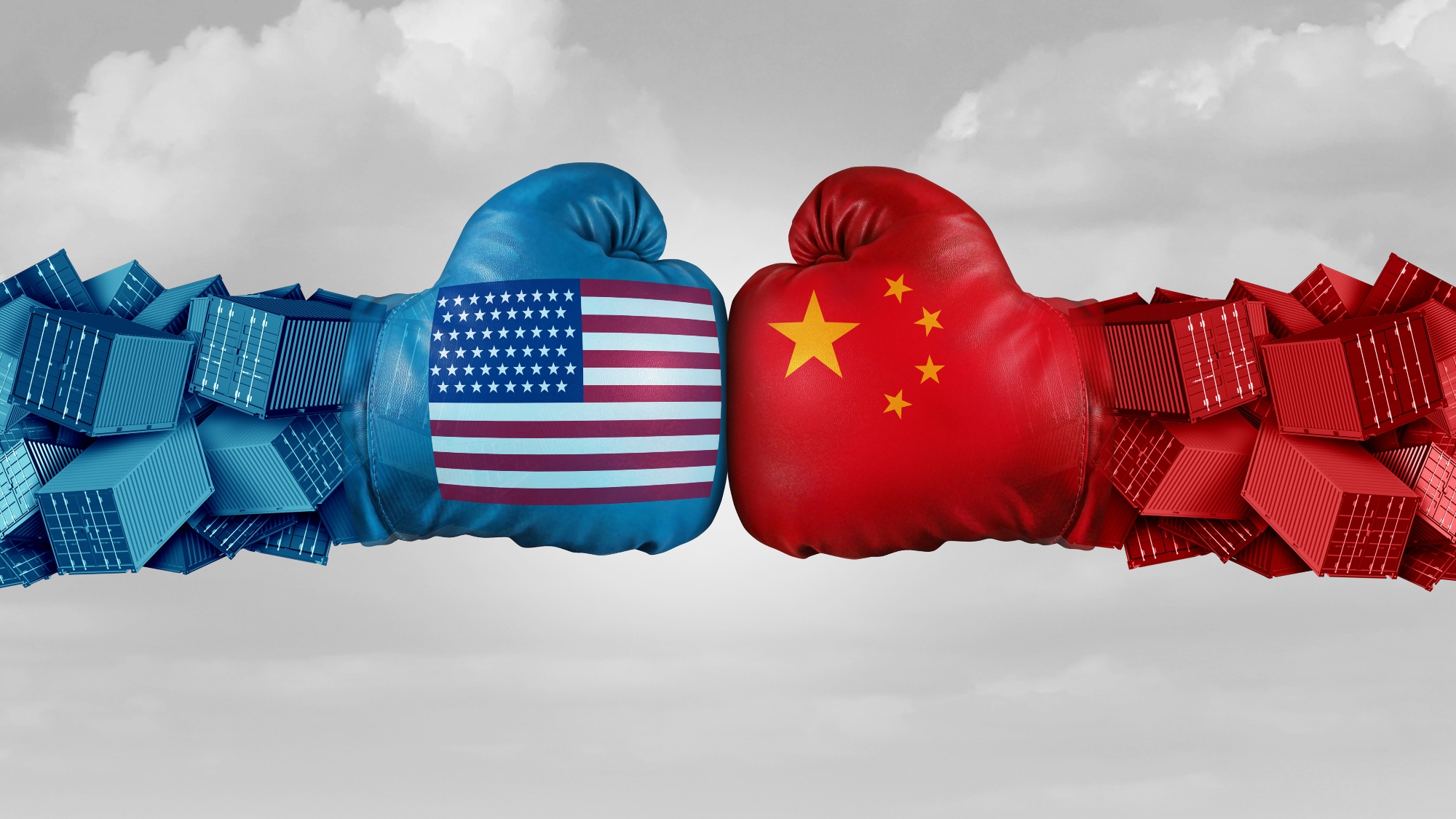Managing Supply Chain Relationships
As we begin the new year, many companies are standing back and re-evaluating the health of their supply chains. In this column, we continue with the eight-part series on transforming supply chains into integrated value systems, based on a new book titled “Supply Chain Redesign” (Handfield and Nichols, Prentice-Hall, to appear in April.) Over the next few months this column will cover a range of topics, from designing products for the supply chain and managing costs to adopting standards and managing change.
We begin with a topic that is one of the most fundamental yet more difficult requirements for supply chain integration: changing the nature of traditional relationships between suppliers and customers in the supply chain.
In implementing an integrated value system, organizations are continually faced with the challenge of managing the “people” part of the equation. Relationship management affects all areas of the supply chain and has a dramatic impact on performance. In many cases, the information systems, technology, inventory and transportation management systems required for the SCM effort are available and ready to be implemented, but the initiatives fail due to poor communication of expectations and the resulting behaviors. Managers often assume that the personal relationships important to the supply chain will fall into place, however, managing relationships among the organizations can be the most difficult part of the SCM initiative.
Ingredients for Successful Supply Chain Management
Moreover, the single most important ingredient for successful SCM may be trusting relationships among partners in the supply chain, where each party has confidence in the other members’ capabilities and actions. And trust building is characterized as an ongoing process that must be continually managed. One materials management vice president at a Fortune 500 manufacturer expressed this feeling:
*Supply chain management is one of the most emotional experiences I’ve ever witnessed. There have been so many mythologies that have developed over the years, people blaming other people for their problems, based on some incident that may or may not have occurred sometime in the past. Once you get everyone together into the same room, you begin to realize the number of false perceptions that exist. People are still very reluctant to let someone else make decisions within their area.”
In the early stages of supply chain development, organizations often eliminate suppliers or customers that are unsuitable, because they lack the capabilities to serve the organization, or they are not well aligned with the company, or they are simply not interested in developing a more collaborative relationship. Then, organizations may concentrate on supply chain members who are willing to contribute the time and effort required to create a strong relationship. Firms may consider developing a special type of supply chain relationship — a strategic alliance — with this supplier to share confidential information, invest assets in joint projects, and pursue significant joint improvements. A strategic alliance is a pro-cess wherein participants willingly modify basic business practices to reduce duplication and waste while facilitating improved performance, efficiency and effectiveness.
However, many firms lack the guidelines to develop, implement, and maintain supply chain alliances. In creating new value systems, companies must re-think how they view their customers and suppliers.
They must concentrate not just on maximizing their own profits, but on maximizing the success of all organizations in the supply chain. Strategic priorities must consider other key alliance partners that contribute value for the end customer. Tactical and operational plans should be continuously shared and coordinated. Instead of encouraging companies to hold their information close, trust-building processes promote the sharing of all forms of information possible that will allow supply chain members to make better, aligned decisions. Whereas traditional accounting, measurement, and reward systems tend to focus on individual organizations, a unified set of supply chain performance metrics should be utilized as well. Finally, instead of “pushing products” into the supply channel, thereby creating excess inventories and inefficient use of resources, consultative sales processes and “pull” systems should be utilized. When organizations in a supply chain seek these goals, they may discover the need to re-design the entire structure of their supply chains.
Strategic alliances can occur in any number of different markets and with different combinations of suppliers and customers. A typical supplier-customer alliance involves a single supplier and a single customer. A good example is the relationship between Procter & Gamble and Wal-Mart, which have worked together to establish long-term EDI linkages, shared forecasts, and pricing agreements. Alliances also can develop between two horizontal suppliers in an industry, such as the relationship between Dell and Microsoft – organizations that collaborate to ensure that the technology road map for Dell computers (in terms of memory, speed, etc.) will be aligned with Microsoft’s software requirements. Finally, a vertical supplier-supplier alliance may involve multiple parties, such as trucking companies that must work with railroads and ocean freighters to ensure proper timing of deliveries for multi-modal transshipments.
All of this sounds reasonable. However, how does one even begin to initiate a strategic alliance? And under what conditions should they occur? Not all supply chain relationships require the effort and commitment required to manage an alliance. Creating and managing a strategic alliance means committing a dedicated team of people to answering these questions, and working through all of the details involved in managing the relationship. Unfortunately, there is no “magic bullet” to ensure that alliances will always work. However, it is reasonable to assume that, like a marriage, the more you work at it, the more successful it is likely to be!
- Categories:


